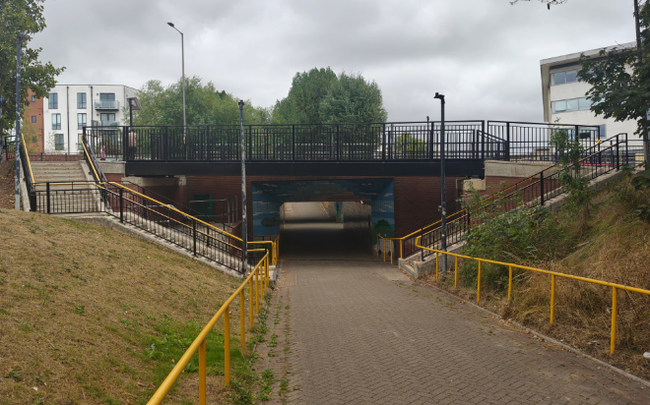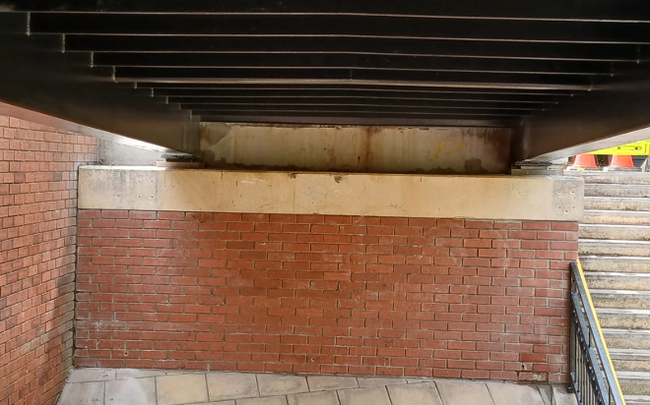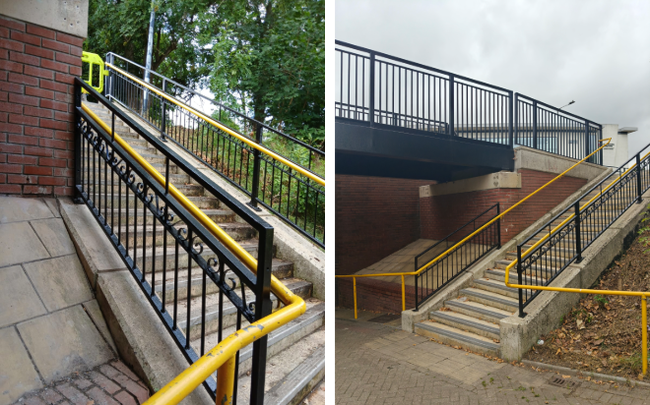From rust to resilience - refurbishing Oxford Rd cycle footbridge

This summer, the Oxford Road Cycle Footbridge in Aylesbury underwent essential structural maintenance, including the replacement of deteriorated bearings and the refurbishment of protective coatings.
Delivered collaboratively with structural repair specialists Balvac Ltd, the works on the Oxford Road cycle footbridge focused on ensuring long-term durability, minimising public disruption, and maintaining compliance with Highways England standards.
From encapsulated scaffold erection (enabling safe working conditions over public areas without causing disruption), bearing removal and installation, joint replacement, painting works, and site demobilisation, the partners involved in this project undertook design reviews ensuring alignment across the permanent and temporary works.
And best of all this piece of work was completed two weeks ahead of schedule!
Replacing the deteriorated bearings
The bearings of a bridge play a critical role in accommodating thermal expansion and contraction (the growth or shrinking of a material due to temperature) and other dynamic forces such as wind and pedestrian use. This helps prevent excessive stress and potential damage to the bridge structure.
As part of our works, we replaced the bridge's old bearings with elastomeric bearings—flexible rubber-like supports that help the bridge safely move with changes in temperature and pedestrian use. The new elastomeric bearings were selected for their low maintenance requirements, cost-efficiency, and expected lifespan of 20 to 25 years.
This upgrade improves the durability of the bridge and reduces future maintenance.

Underside of Oxford Rd cycle footbridge
Refurbishing the protective coatings
We also repainted the bridge using a long-lasting protective coating, rebuilt the bearing supports, and replaced the joints—ensuring the structure remains safe, strong, and fit for purpose for years to come.
Our teams also carried out early paint sampling and laboratory testing to facilitate confident specification, preventing delays during the scheduled works.

Railings and stairs, Oxford Rd cycle footbridge
Thanks to careful planning, pedestrian access was maintained throughout the duration of work, and there was no disruption to road traffic.
The traffic management plans removed the need for road closures and ensured no disruptions to bus stops. The footpath closures were managed with appropriate diversions, and subway access was controlled during jacking operations (specialised heavy lifting and moving techniques used in highway construction and maintenance to install, repair, or move heavy infrastructure while minimising traffic disruption).

Topside of the Oxford Rd cycle footbridge